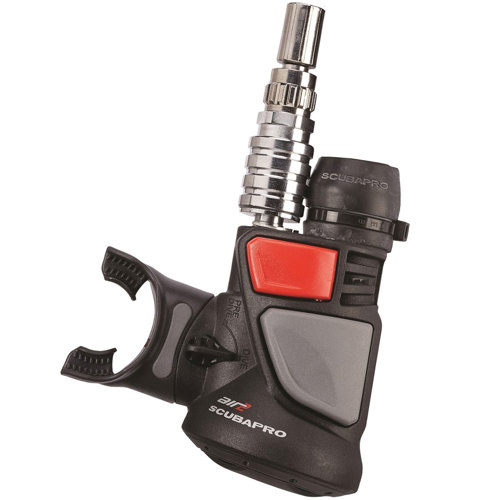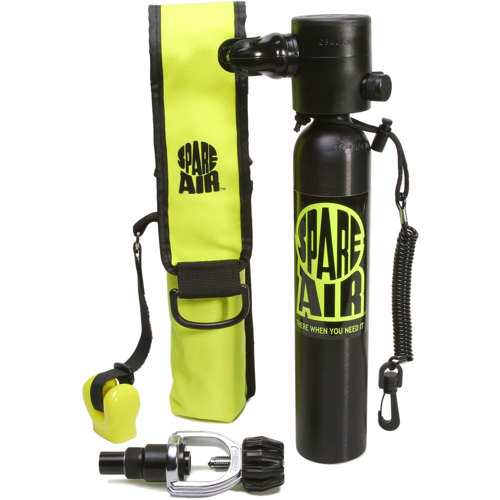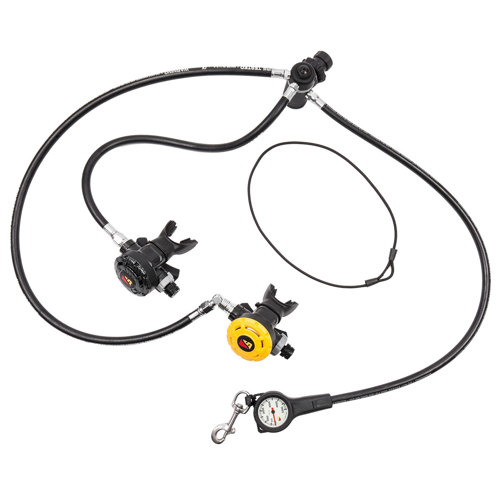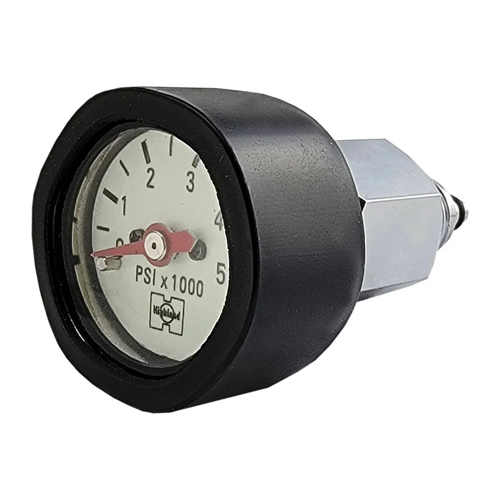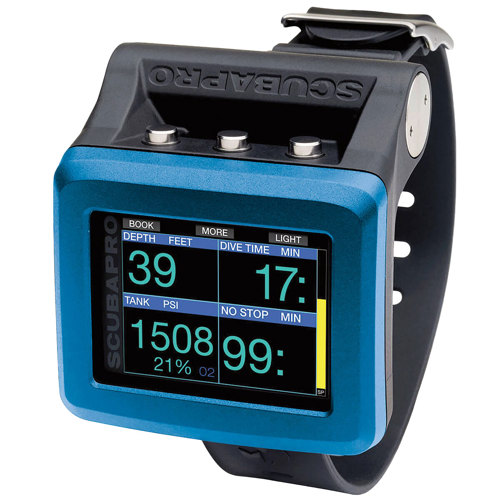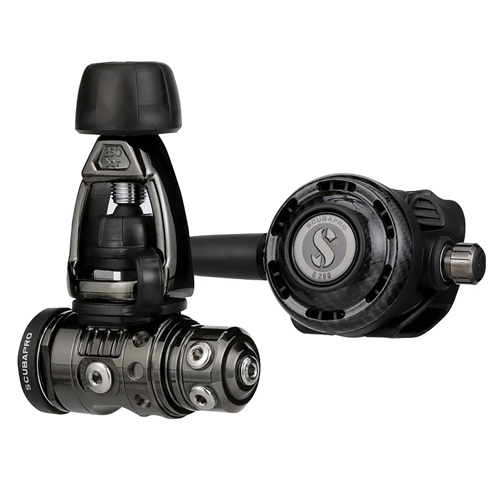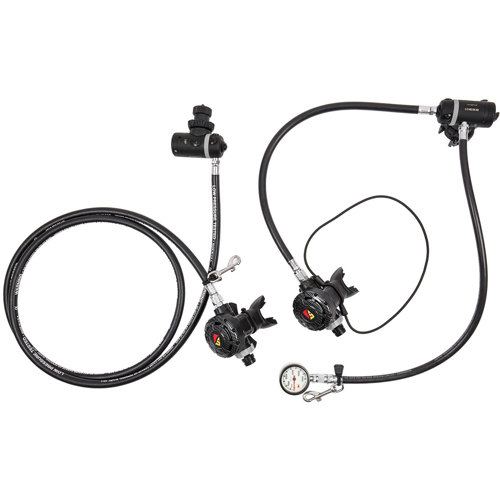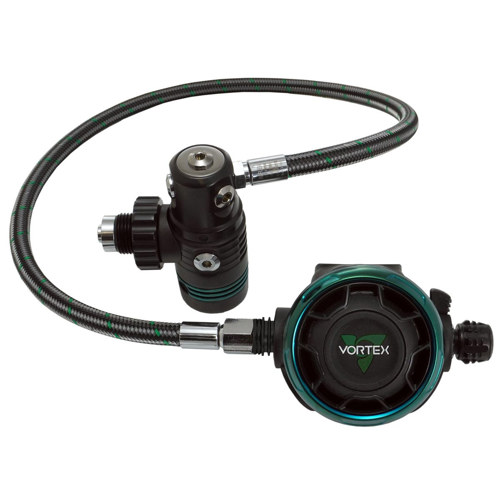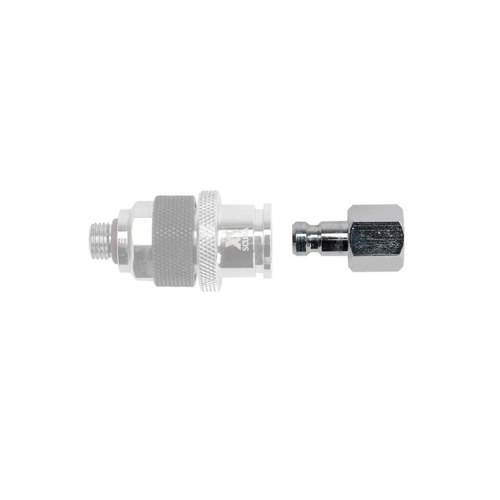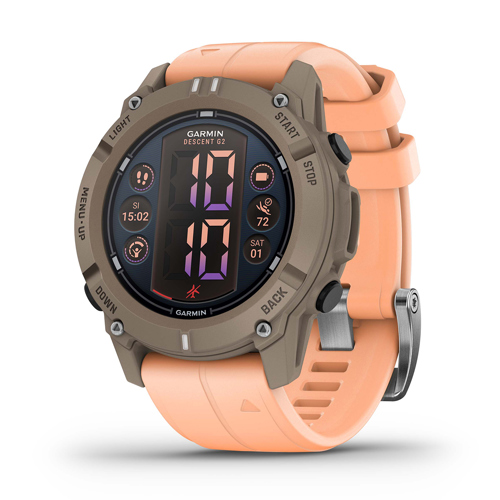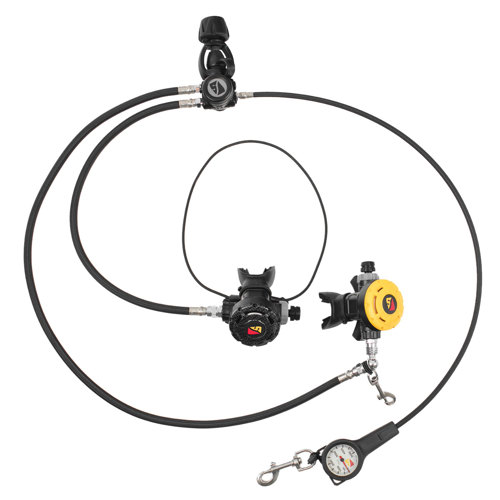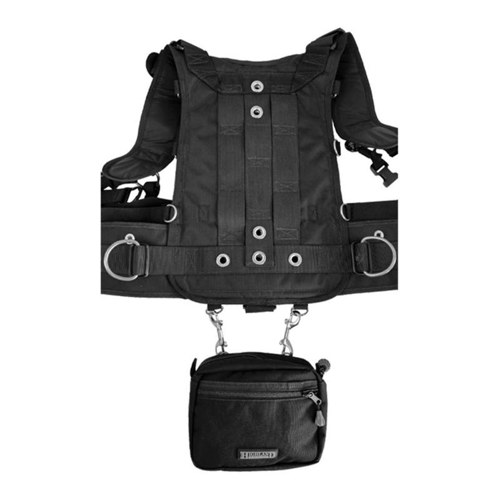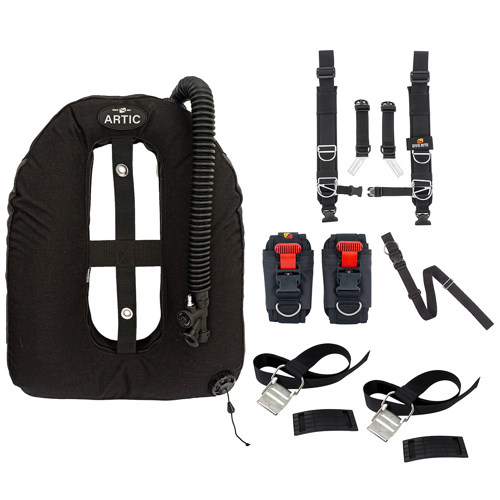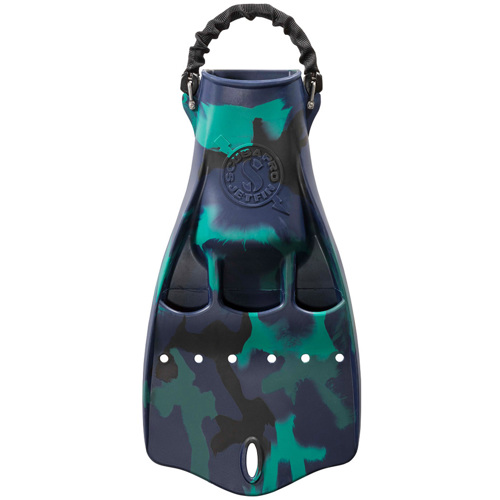Technical diving demands a level of preparation and forethought well beyond that of recreational scuba, especially when it comes to redundancy gear. Whether you’re exploring deep wrecks, traversing intricate cave systems, or tackling complex decompression profiles, the stakes are simply higher, and every piece of backup equipment becomes a lifeline. Redundancy in tech diving isn’t just about carrying extra gear—it’s about building a system where every potential point of failure is anticipated and addressed. This means configuring twinset cylinders with independent regulators, so that if a regulator or manifold fails, you can quickly isolate the problem and maintain a continuous gas supply. Many divers recall their first real-world experience with a blown O-ring or a free-flowing second stage at depth; it’s a sobering lesson in the importance of having a complete, well-maintained redundant system. These setups often include a primary regulator on a long hose for gas sharing and a backup regulator on a shorter hose, each attached to a separate first stage, making it possible to handle emergencies without hesitation or confusion. For additional peace of mind, pony bottles and stage cylinders are carried as independent gas sources, especially on dives where direct ascent isn’t possible or where multiple gas mixes are required for decompression. These cylinders, carefully slung and labeled, become second nature to the experienced technical diver, providing not just extra air, but extra confidence.
Redundant buoyancy control is another cornerstone of safe technical diving. Most tech divers opt for a wing system with a redundant bladder, ensuring that a puncture or valve failure in the primary bladder doesn’t leave them struggling to control ascent or maintain neutral buoyancy during a decompression stop. The sensation of a gradual wing leak at 40 meters is one that sticks with you—having a backup bladder to inflate, or a drysuit with an independent inflation system, can make all the difference between a controlled ascent and a dangerous situation. It’s also common practice to pair these systems with a sturdy backplate and harness, which not only supports the extra weight of twinsets and stage bottles but also keeps everything streamlined and in place, even during long penetrations or in strong currents. Redundancy extends to your instruments as well: a backup dive computer, often mounted on the opposite wrist, is considered essential. Dive computers, as reliable as they are, can fail due to battery issues, software glitches, or accidental bumps against the wreck or cave wall. Having a second, independently programmed computer ensures you always have access to your critical depth, time, and decompression information. Analog submersible pressure gauges (SPGs) are another must-have—digital displays can fail, but a simple mechanical gauge provides a trustworthy backup for monitoring your remaining gas.
For those shopping for the technical diver in their life, redundancy gear makes an exceptionally thoughtful and practical gift, especially during the holiday season when many divers are planning winter getaways or gearing up for challenging new expeditions in the new year. These aren’t just gadgets—they’re investments in safety, skill, and peace of mind. Whether you’re assembling your first twinset, upgrading to a dual-bladder wing, or adding a backup computer to your kit, each piece of redundancy gear is chosen with care, often after hours of research, consultation with mentors, and hands-on testing in the water. The right redundancy setup isn’t one-size-fits-all; it’s tailored to the diver’s training, the environment, and the specific demands of each dive. If you’re building or refining your tech diving system, or shopping for someone who is, take the time to consider how every component works together to create a seamless, fail-safe rig. For a deeper dive into how these elements integrate and to explore more comprehensive system configurations, visit our
Tech Diving Systems page for additional resources and product recommendations tailored to the technical diving community.


